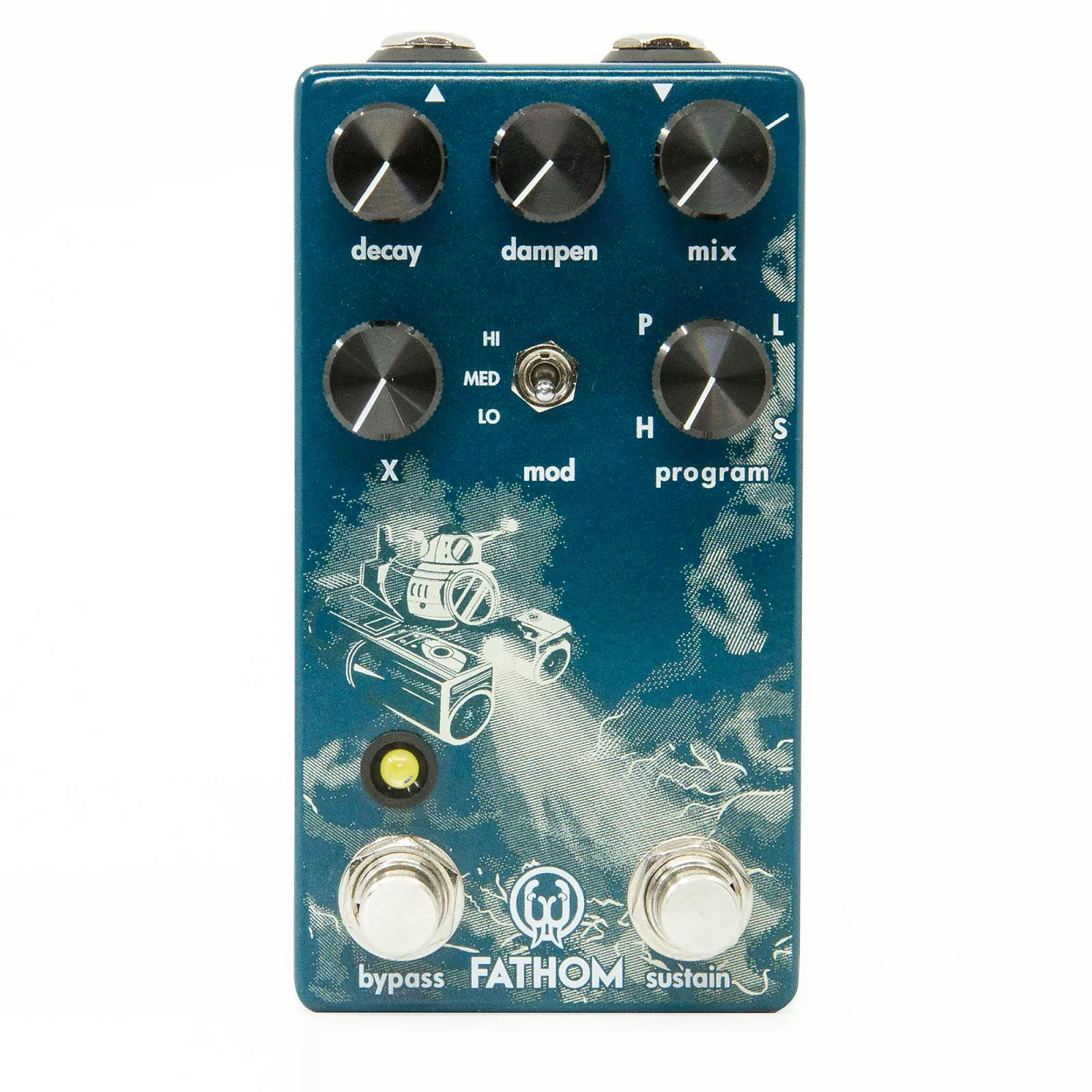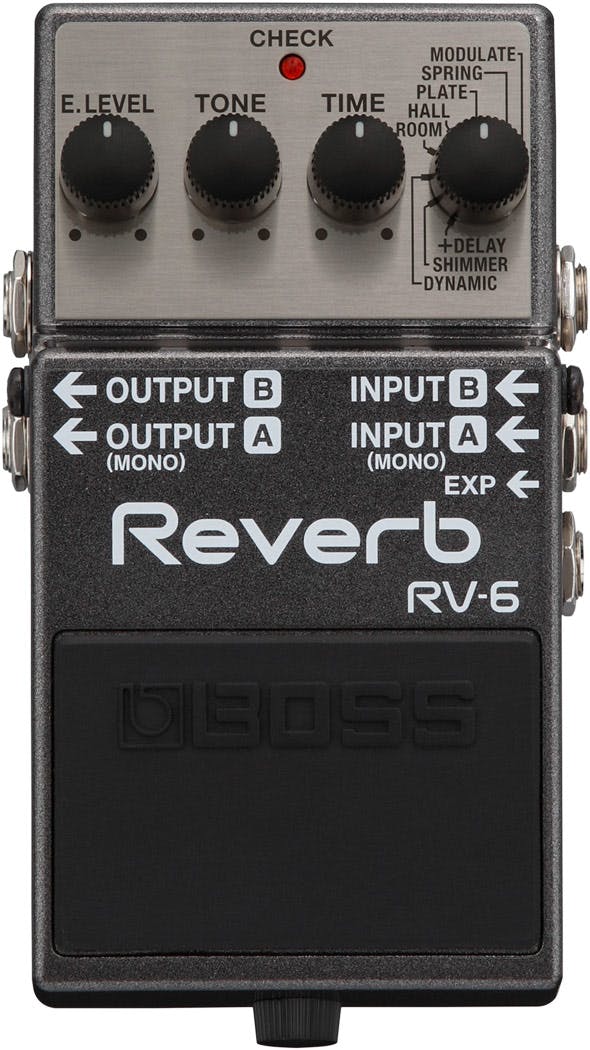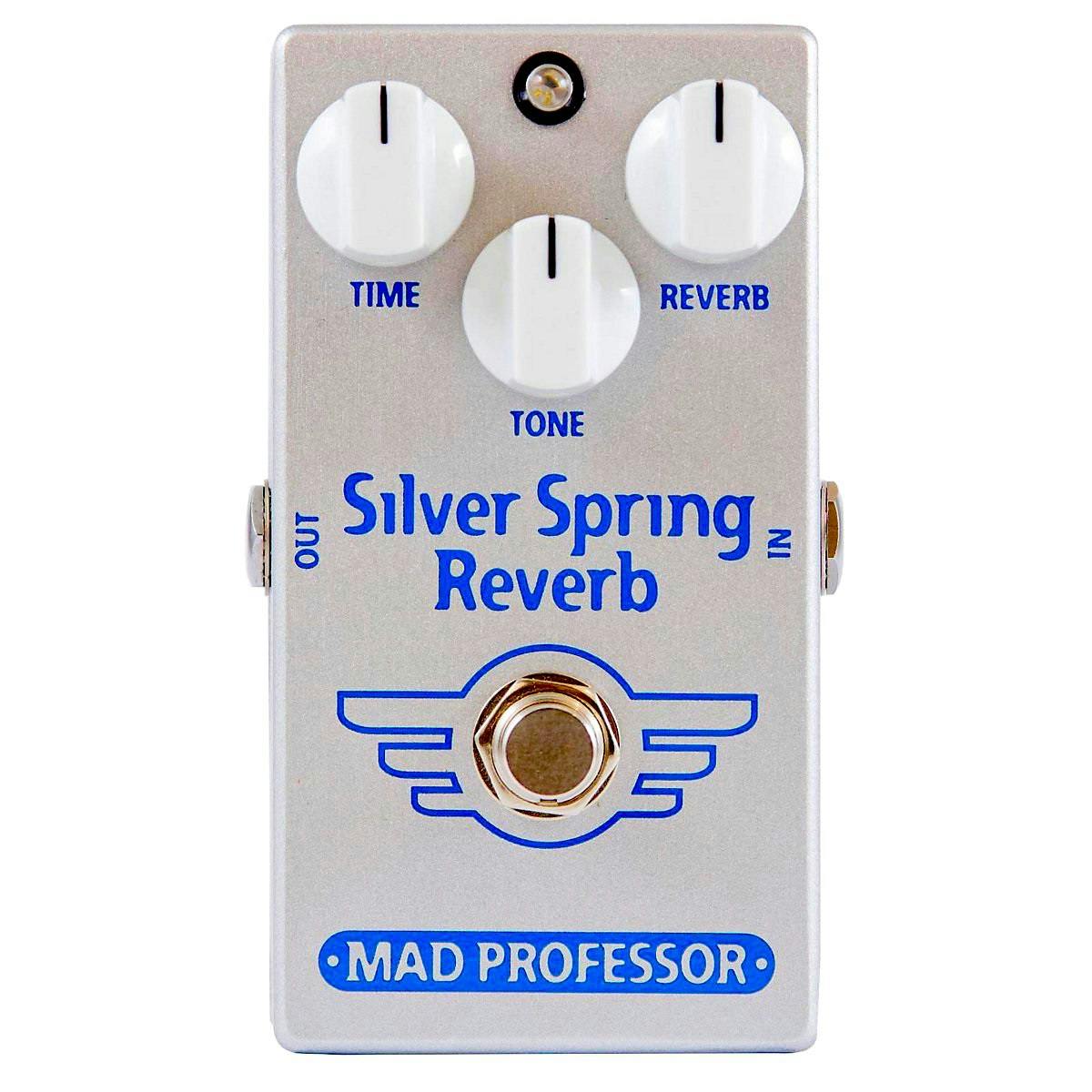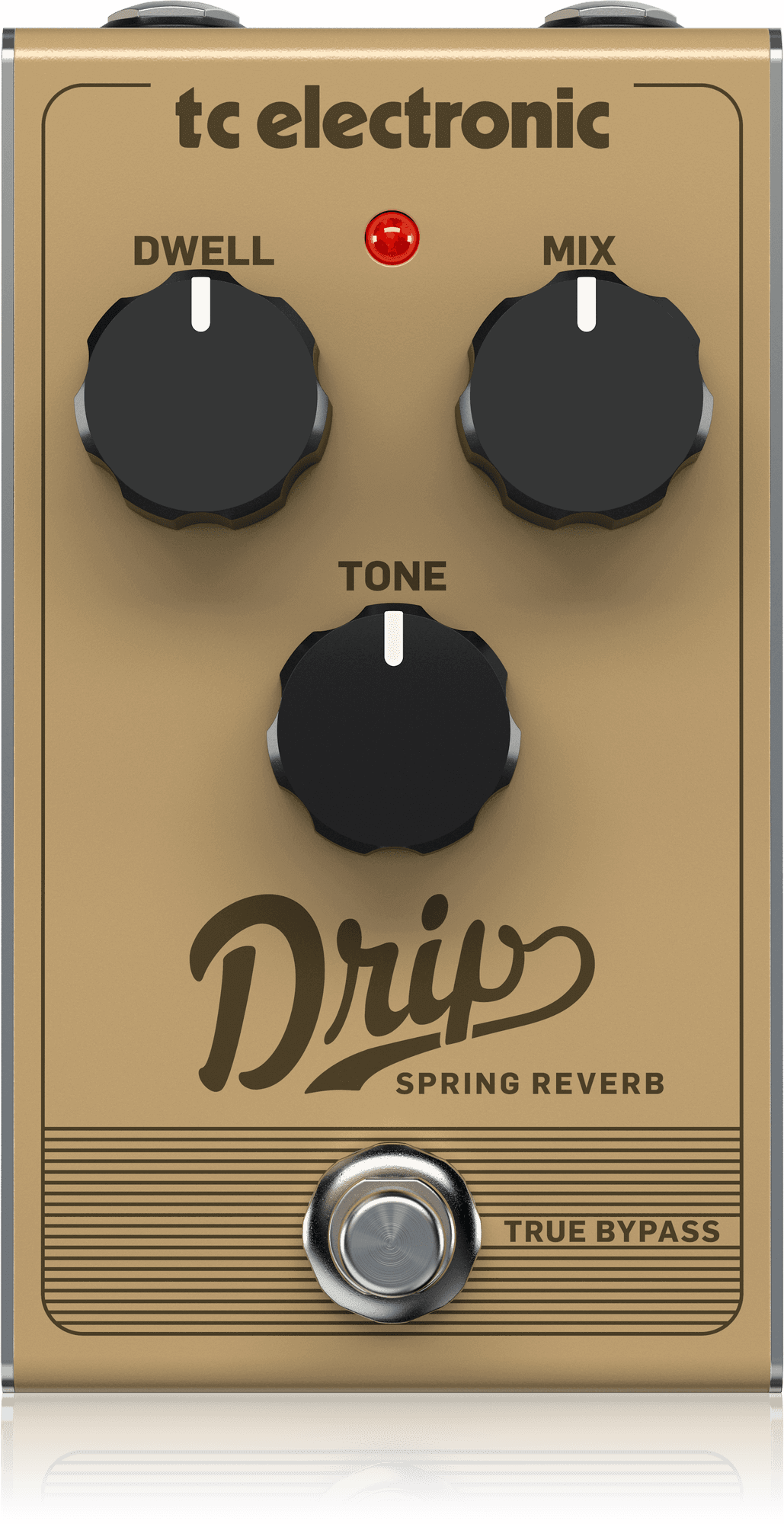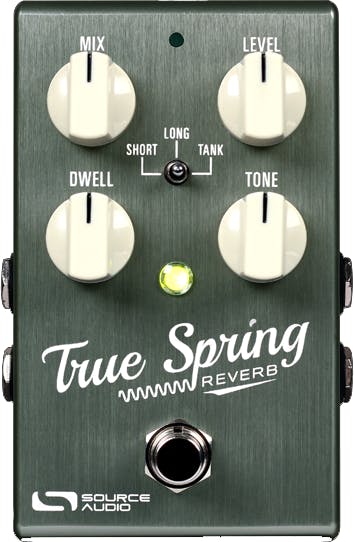Just Footswitch Guitar Effect Pedal Videos – Reverb Guitar Effect Pedal Footswitch Stompbox
Footswitch Video – Reverb Guitar Effect Pedal Footswitch Stompbox
SONICAKE Delay and Reverb Guitar Bass Effects Pedal Sonic Ambience Multi Mode Tap Tempo
£37.99
4 Mode Delay and 4 Mode Reverb in One Small Pedal Maximum 2000ms Delay Time with Tap Tempo Function Tap Tempo Function for Real-time RATE Control Special Design Buffer Bypass Circuit Keeps the Sound Pristine Guitar Bass Effects Pedal working with 9V … read more
XVIVE U45-5.8 GHZ WIRELESS IN EAR MONITOR SYSTEM
£279.00 £216.23
XVIVE U45 – 5.8 GHZ WIRELESS IN EAR MONITOR SYSTEM
UAFX – Golden Reverberator Pedal
£379.00 £274.86
Unmistakable drip of three "golden unit" spring reverb tanks, pulled from classic '60s American guitar amps Quickly access sounds with Live/Preset modes, and play with silent switching, and true or trails bypass with spillover* Explore the dense, hau… read more
ALABS CETUS Reverb Pedals for Electric Guitar, Reverb Guitar Pedal with 9 Reverb Effects,Analog Dry Through,Freeze function, Adjustable Modulation,Multi-Expression Control, True Bypass,True Stereo
£109.99 £104.49
【9 Professional True Stereo Reverbs】Alabs CETUS reverb pedal provides 9 high-quality effects, including Hall, Room, Church, Spring, Plate, Swell, Shimmer, Cloudy, and Wave. All effect types can be further exaggerated by adjusting the Mod parameter. 【… read more
SONICAKE Pocket Master Guitar Bass Amp Modeling IR Cabinets Simulation Multi-Effects with Stereo OTG USB Audio Interface BT Audio 1.77″ LCD Color Screen Black
£49.99
White-Box Digital Modeling Technology Delivering Organic Living Tone, 3rd Party IR Support (5 User Slots) for creating Custom Unique Sounds 100+ Built-in Guitar/Bass/Acoustic Effects with 20 Legendary Amp Models, 24-bit 44.1kHz Signal Processing 99 B… read more
HOTONE Expression Pedal with Footswitch, SP Model, Ampero II Press, Guitar Tools, Wah Effects, Passive Design, Aluminum Alloy Casing, Analog Signal Format
£82.61
Passive Expression pedal with footswitch Independent footswitch and expression output jacks Passive design – no power supply needed High quality potentiometer ensures precise response and long life “Click” footswitch and optimized structure for keen … read more

